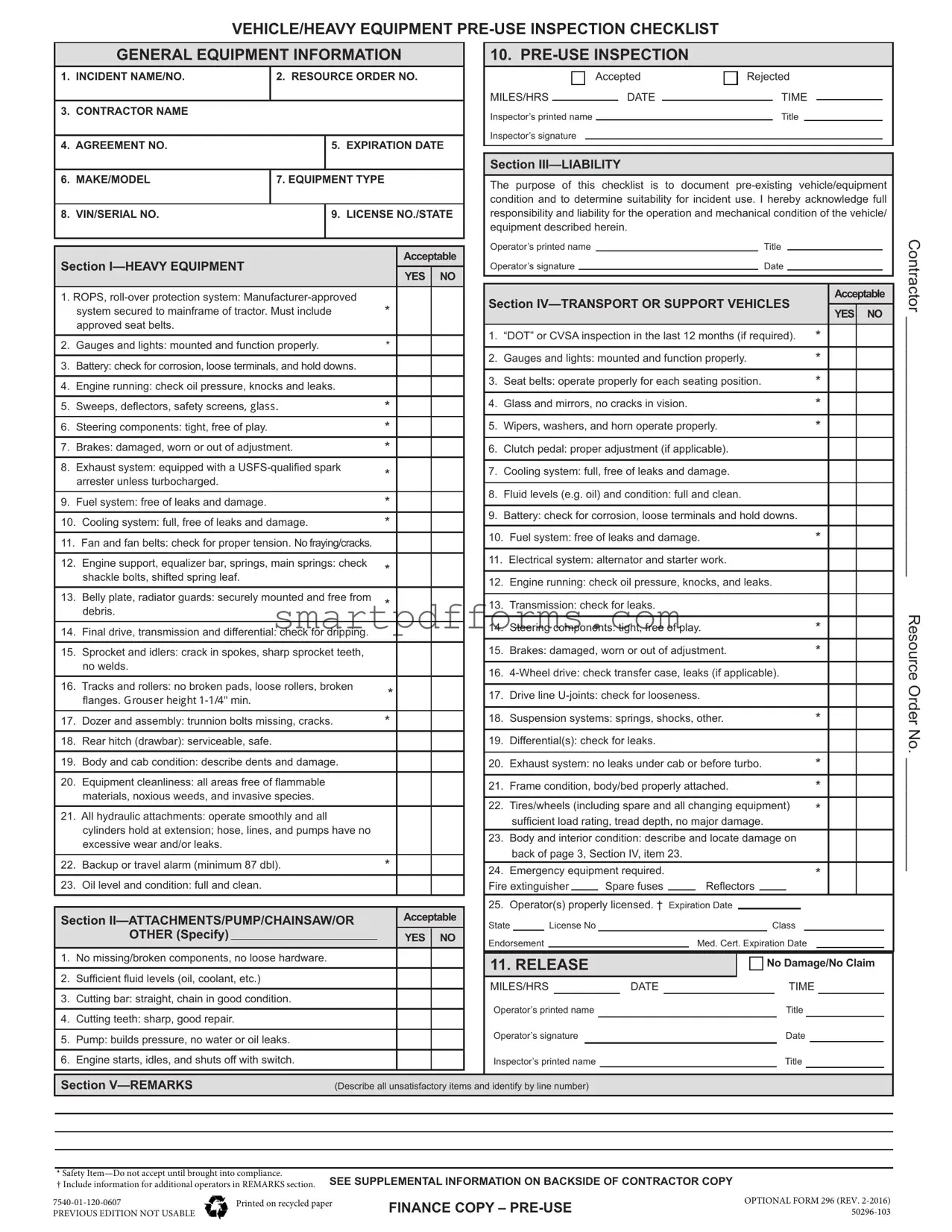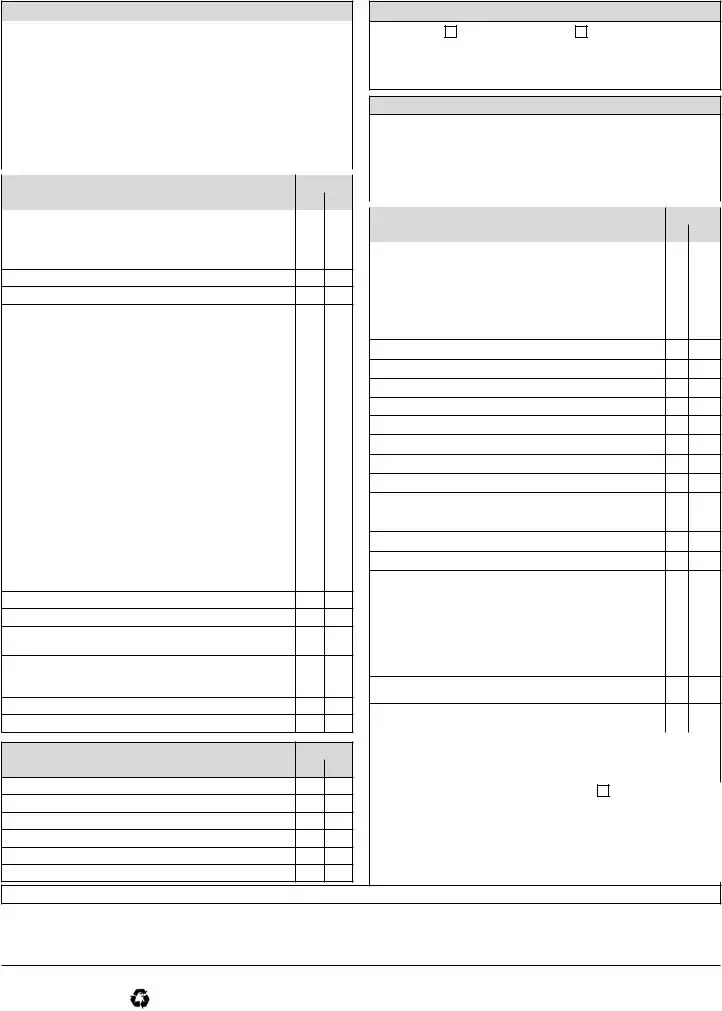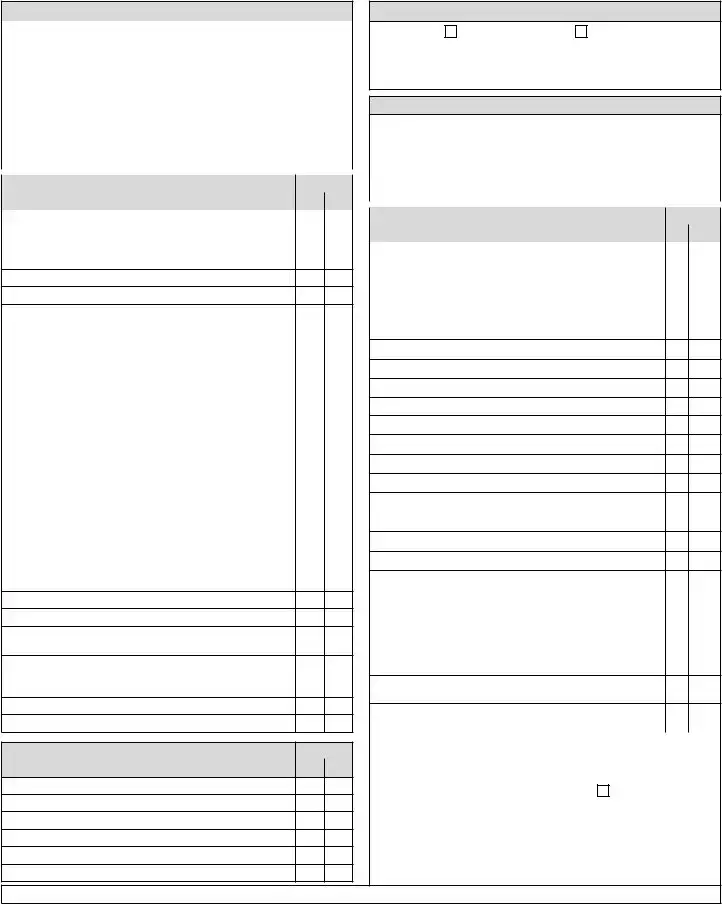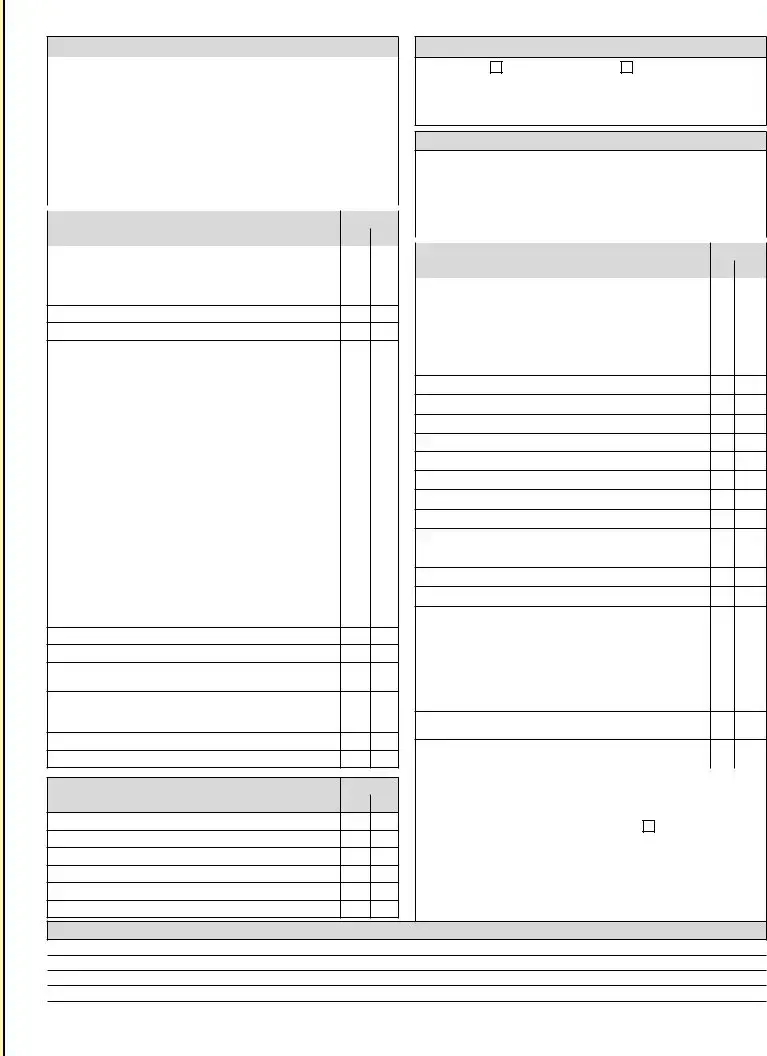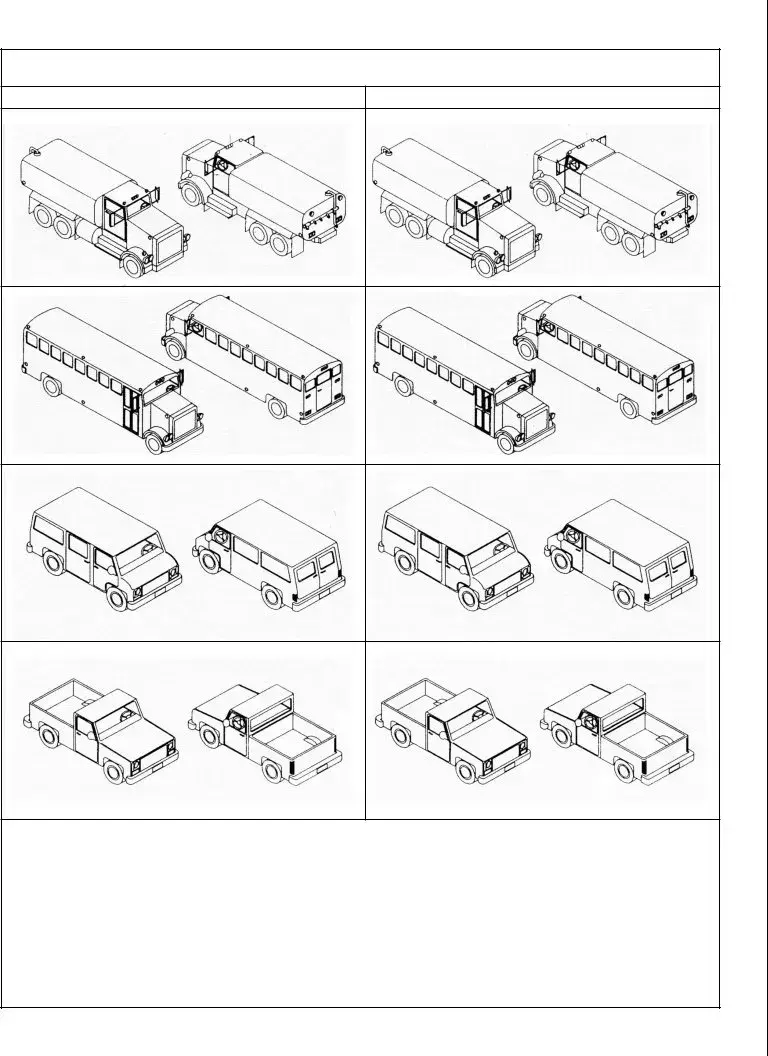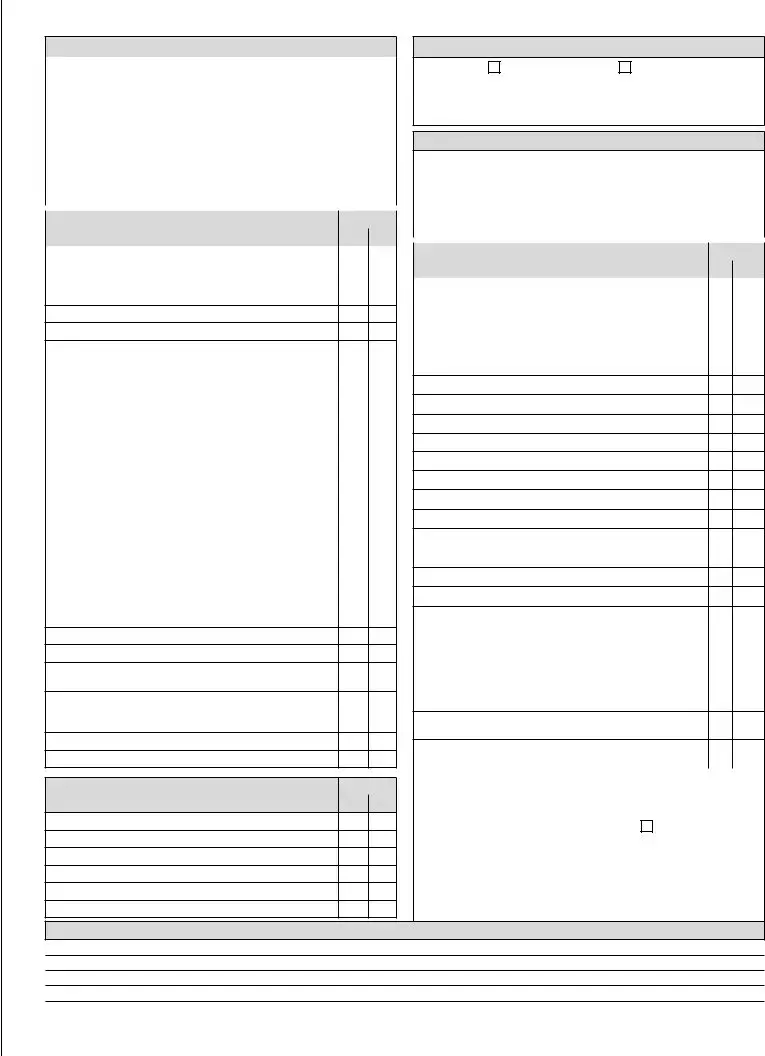2. Gauges and Lights (393.82, 393.11)
♦Speedometer inoperative.
♦All required lighting devices, relectors and electrical equipment must be properly positioned, colored and working.
3. Seat Belts (393.93)
♦Any driver or right outboard seat belt missing or inoperative.
4. Glass and Mirrors (393.60, 393.80)
♦Any discoloration not applied by the manufacturer for reduction of glare.
♦Any windshield crack over 1/4” wide.
♦Any crack less than 1/4” wide that intersects with any other crack.
♦Any damage 3/4” or greater in diameter.
♦Any 2 damaged areas closer than 3” to each other.
♦Any required mirror missing. One on each side , irmly attached to the outside of the vehicle, and so located as to relect to the driver a view of the highway to the rear along both sides of the vehicle.
♦Any required mirror broken.
5. Wipers and Horn (393.78, 393.81)
♦Wiper blade(s) fail to clean windshield within 1” of windshield sides.
♦Horn missing, inoperative or fails to give adequate/reliable warning signal.
10. Fuel System (393.65, 393.67)
♦Fuel tank not securely attached to vehicle by reason of loose, broken or missing mounting bolts or brackets.
♦Visible leak at any point.
♦Fuel tank cap missing.
20. Exhaust (393.83)
♦Any part of the exhaust system so located as would be likely to result in charring, burning, or damaging the wiring, fuel supply or any combustible part of the vehicle.
♦Bus exhaust leaks or discharge forward of the rearmost part of the bus in excess of 6" for Gasoline powered or 15" for other than Gasoline powered, or forward of any door or window designed to be opened on other than a Gasoline powered bus. (Exception: emergency exit).
♦Any leak at any point forward of or directly below the driver and/or sleeper compartment.
21. Frame (393.201)
♦Any cracked, broken, loose or sagging frame member.
♦Any loose or missing fasteners including those attaching engine, transmission, steering gear, suspension, body, and fifth wheel.
♦Any condition that causes the body or frame to contact the tire or wheel assemblies.
22. Tires and Wheels (393.75, 393.205)
♦Any body ply or belt material exposed through tread or sidewall.
♦Any tread or sidewall separation.
♦Any cut exposing ply or belt material.
♦Tread depths less than 4/32" on steering axle.
♦Less than 2/32" on any other axle.
♦Any bus with regrooved, recapped, or retreaded tires on the front wheels.
♦Any tire not properly inflated or any overloaded tire.
♦Any tire that comes in contact with any part of the vehicle.
♦Any tire marked "Not for Highway Use".
♦Wheels or rims shall not be cracked or broken.
♦Stud or bolt holes on the wheels shall not be elongated.
♦Nuts or bolts shall not be missing or loose.
